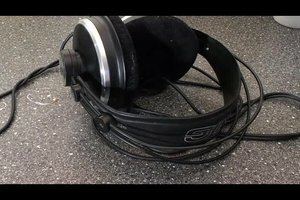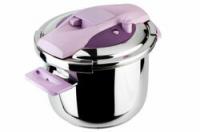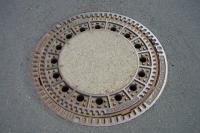VIDEO: Where are magnets used?
 2:06
2:06
-
Structure of the electromagnet - a simple explanation
-
Induction in Physics - Definition and Explanation...
-
Unit "A" - Ampere clearly explained
-
1 joule - the unit of energy simply explained
-
F = m x g - the force of gravity simply explained
-
The difference between normal force and weight...
-
Quantum Physics for Dummies - Step by Step...
-
What is acetone - Properties and use
-
What does operational mean?
Magnets penetrate everyday life and technology equally, whether as permanent magnets or as huge electromagnets. They are used in research, medicine, and even materials testing.
-
Magnets in everyday life - worth knowing about the possible uses
2:54
-
"Why do magnets repel each other?" - Explain magnetism in a child-friendly way
2:19
-
Build a magnet yourself - instructions for an electromagnet
1:11
What you need:
- Time and patience
- Interest in science
Everyday magnets - mostly permanent magnets
- When you think of magnets, most people think of the familiar permanent magnets, regardless of whether they are Can be used as bar magnets, in a horseshoe shape or perhaps as a small cylinder or as a play ball.
- Magnets (and suitable iron pads) are always required when something needs to stick somewhere without a lot of gluing or drilling. The small cylinder magnets can also be found as note binders on countless boards and refrigerators.
- Also countless toys like dancing dolls, sticky dogs and balancing seals have small magnets as the "basic ingredient" and are based on their force effect. Magnetic balls in turn, tempt you to do creative handicrafts with small, particularly strong magnets.
- You often come across a hidden magnet in everyday life, namely it is located in the bicycle dynamo and thus provides the electrical current for the lights.
- Older designs for bells and horns also have electrically operated magnets. Even the automatic circuit breaker uses the magnetic effect of the electric current.
- And last but not least, the earth is also a magnet that deflects the needles of a compass in a (roughly) north-south direction.
- Pigeons (and many other animals) have a magnetic sense, which means that they use small magnetite crystals to orient themselves in this earth's magnetic field.
Magnets are an integral part of our everyday life. From the pin board in the office to ...
Magnet in technology - this is how they are used
Technical applications are an area in which strong electromagnets are mostly used. Some examples:
- Valuable metals are sorted out of the garbage with the help of electromagnets. Incidentally, lifting magnets for scrap or scrap work according to the same principle. Old cars.
- Electric motors and generators for electricity need magnets to function (keyword: induction).
- Medical examinations often require extremely powerful electromagnets, for example magnetic resonance tomography, in which special three-dimensional images of the inside of the body are generated.
- Current-carrying coils as strong electromagnets direct the particle beams into the desired paths in the large accelerator facilities such as CERN near Geneva. Incidentally, the forerunner of this technology is the Braun tube (television tube), in which electric and magnetic fields deflect the electron beam.
- Weak electromagnets are also used, for example in many sensors (keyword: Hall effect) and in material testing.
How helpful do you find this article?
The content of the pages of www.helpster.de was created with the greatest care and to the best of our knowledge and belief. However, no guarantee can be given for the correctness and completeness. For this reason, any liability for possible damage in connection with the use of the information offered is excluded. Information and articles must under no circumstances be viewed as a substitute for professional advice and / or treatment by trained and recognized doctors. The content of www.helpster.de cannot and must not be used to make independent diagnoses or to start treatments.


